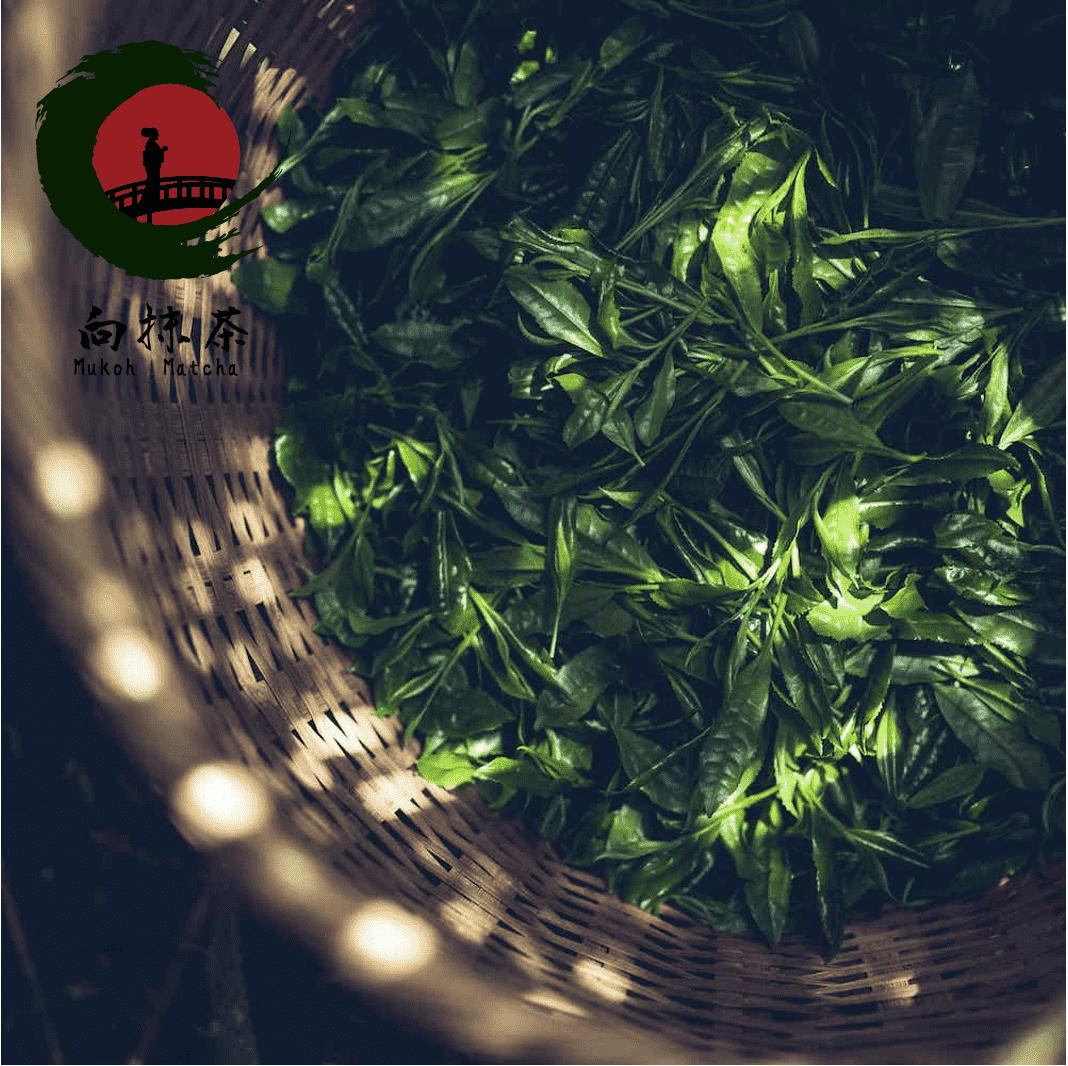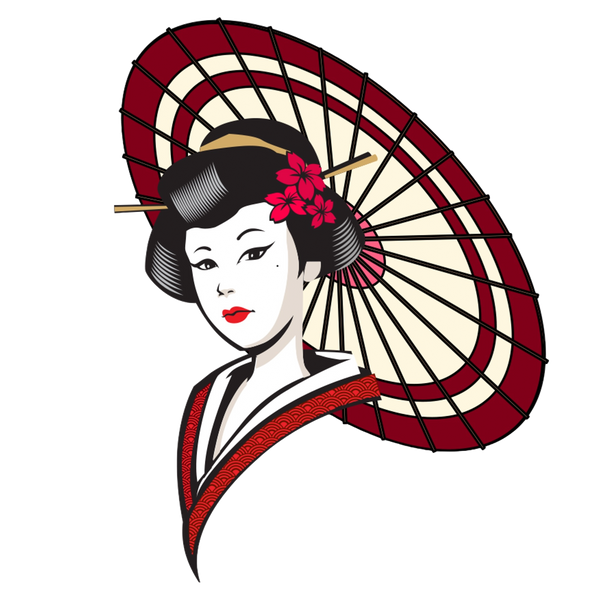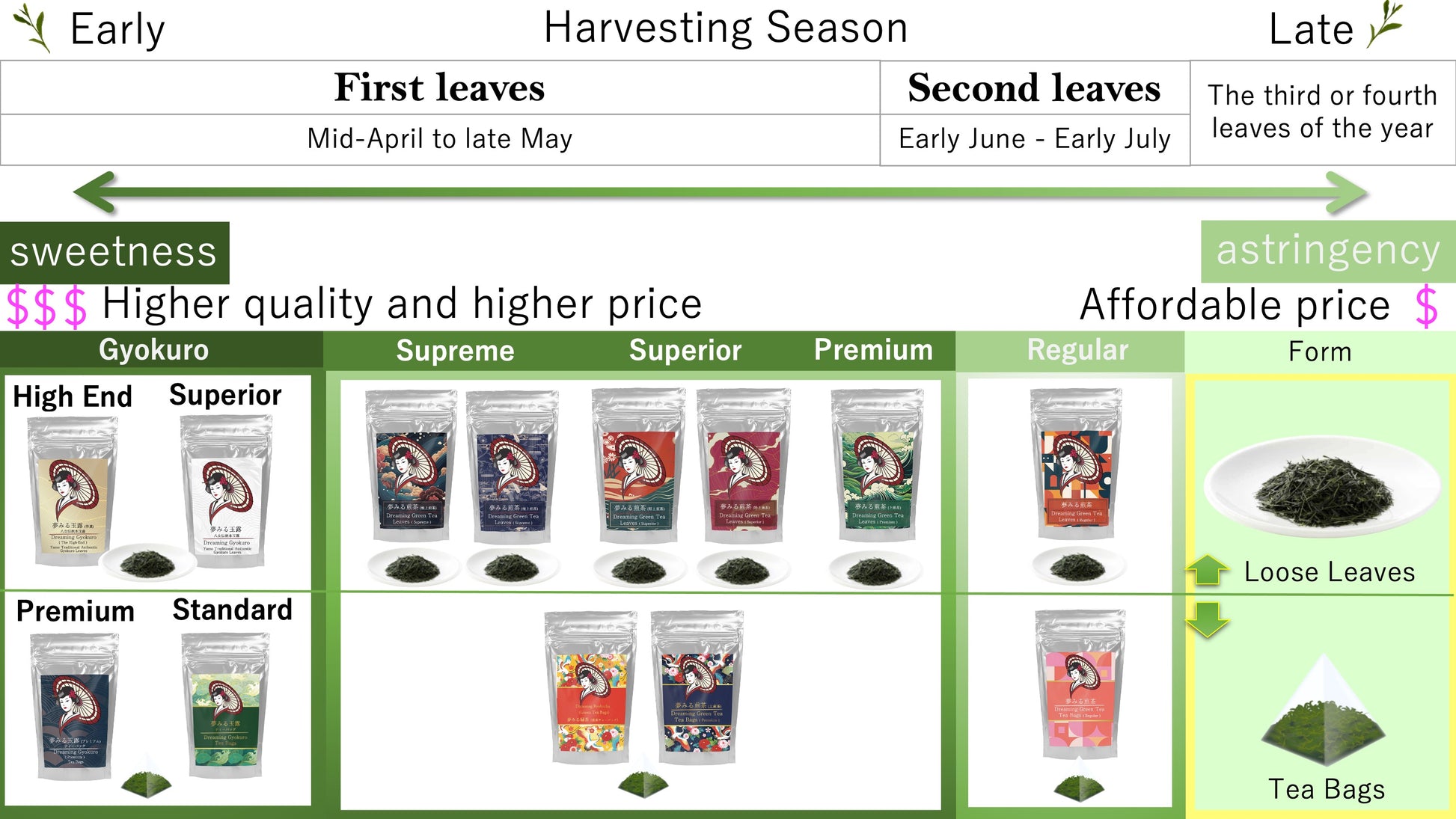Mukoh Matcha
[Dreaming Gyokuro(Yame Traditional Authentic Gyokuro Leave)] Yame Dentou Hon Gyokuro Green Tea Leaves "夢みる緑茶"(八女伝統本玉露 茶葉)八女茶 向抹茶(むこうまっちゃ)Mukoh Matcha
[Dreaming Gyokuro(Yame Traditional Authentic Gyokuro Leave)] Yame Dentou Hon Gyokuro Green Tea Leaves "夢みる緑茶"(八女伝統本玉露 茶葉)八女茶 向抹茶(むこうまっちゃ)Mukoh Matcha
无法加载取货服务可用情况
[product Description]
🍵This is the highest-quality luxurious green tea 100% Yame-produced 'Yame Traditional Authentic Gyokuro.' Among Gyokuro teas, 'Yame Traditional Hon Gyokuro' is an extremely rare variety, with only a minimal quantity produced.
🍵The tea leaves used for "Yame Dento Hon Gyokuro (Yame Traditional Authentic Gyokuro) “ must be carefully hand-picked by skilled individuals, selecting only the softest parts of the new tea buds. "Yame Dento Hon Gyokuro (Yame Traditional Authentic Gyokuro)" is grown by experienced producers who dedicate an entire year to its cultivation. Due to its limited production and exceptional quality, it is considered extremely rare and often referred to as the "elixir of the gods" or the "drop of heaven."
🍵Yame tea is considered the best in Japan for several reasons. At the national tea competition, which is the highest level in Japan, the judges rigorously evaluate not only taste and aroma but also the subtleties of color and beauty of the shape. It is an extremely challenging task to continuously achieve top honors. However, being repeatedly selected as the best in Japan is not the only reason why Yame is known as the best. About 200 skilled artisans pour their entire lives, skills, and knowledge into their craft. It is their daily training and unparalleled passion that embodies the true essence of Yame tea making and the reason why it is the best in Japan.
🍵Yame Dentou Hon Gyokuro is a type of Japanese green tea that is highly prized for its delicate flavor, sweet aroma, and vivid green color. It is grown and produced in the Yame region of Fukuoka Prefecture, Japan, using traditional methods that have been handed down through generations of tea growers.
🍵The name "Yame Dentou Hon Gyokuro" roughly translates to "Yame Traditional Authentic Gyokuro," indicating that this tea is made according to traditional methods that have been used for centuries. Gyokuro is a type of green tea that is grown in the shade, which gives it a unique flavor and aroma. Yame Dentou Hon Gyokuro is grown in the shade for several weeks before being harvested, which allows the leaves to develop a rich, complex flavor profile.
🍵To produce Yame Dentou Hon Gyokuro, the tea leaves are hand-picked and carefully processed to ensure their quality. The leaves are steamed and then dried, a process that helps to preserve their delicate flavor and aroma. The resulting tea has a light, refreshing taste with notes of sweetness and umami.
🍵Yame Dentou Hon Gyokuro is often considered to be one of the highest-quality green teas in Japan, and it is highly sought after by tea connoisseurs around the world. It is usually prepared using a lower water temperature than other green teas, around 140-160°F (60-70°C), and steeped for a shorter time, around 1-2 minutes, to bring out the full flavor of the tea.
🍵"Yame Dento Hon Gyokuro" (Traditional Yame Gyokuro) is a special type of Gyokuro tea that stands out even among other high-quality Yame-grown Gyokuro teas. It has been awarded Japan's Geographical Indication (GI) certification. To be labeled as "Yame Dento Hon Gyokuro," it must be produced using specific and strict manufacturing methods, which sets it apart from regular Gyokuro tea. Only tea produced using these specific methods can bear the name "Yame Dento Hon Gyokuro."
🍵The top-tier "Yame Traditional Hon Gyokuro" stands out among all, with four key rules for its cultivation method. The tea trees are not directly covered but grown under a "shelf," they are naturally grown without trimming, and only natural materials like straw are used for covering, with no machines involved in the "hand-picking" process. Only by sticking to these uncompromising cultivation methods can the tea achieve its unparalleled flavor.
🍵While chemical fibers are typically used to cover the leaves, the raw leaves used in "Yame Dento Hon Gyokuro" are covered with natural materials such as rice straw or reed.
🍵Compared to chemical fibers, the natural materials create a more suitable temperature and humidity environment within the cover, allowing each tea bud to receive ample nutrition and resulting in a vibrant green color with a glossy sheen.
🍵The natural growing method used in "Yame Dento Hon Gyokuro" is based on the natural shape of tea trees, as opposed to the typically curved shaping used in other Gyokuro teas.
🍵The appearance of the finished tea is a fine, delicate, and elegant green color with a glossy sheen, while its aroma is rich and contains a high amount of dimethyl sulfide, which is responsible for the "covered fragrance."
🍵The aroma of "Yame Traditional Hon Gyokuro" is incredibly rich, with a high concentration of dimethy1 sulfide, a compound that gives off a unique nori-like scent.
🍵It has been confirmed that the concentration of this compound is significantly higher in "Yame Traditional Hon Gyokuro" compared to other teas produced in the same region, such as sencha and regular gyokuro, with levels over five times higher than sencha and approximately twice that of gyokuro.
🍵Additionally, it contains high amounts of amino acids such as theanine, which contribute to its rich, mellow flavor with a strong umami taste, while the astringency of catechins is suppressed.
🍵The tea is produced from raw leaves grown in tea fields located in the mountainous regions of Yame City and surrounding towns, where the average annual temperature is 15.2 degrees Celsius and the annual rainfall is 2019 millimeters.
🍵The difference in temperature between morning and evening caused by the location's geographical conditions results in the production of high-quality tea, which is considered suitable for tea production due to the occurrence of morning mist.
🍵The larger the temperature difference, the more the plant's respiration is suppressed at night, resulting in more nutrient-rich amino acids being stored.
🍵The region is also known for its rice and barley production, providing a stable supply of straw, a raw material for the covering material.
🍵However, the availability of natural materials such as "sumaki" (coarsely woven straw or reed) used in "Yame Dento Hon Gyokuro" is limited to the region, making it difficult to obtain outside of the area. The production and supply system of these materials in the area supports the production of the fragrant "Yame Dento Hon Gyokuro."
[ 600 years of History ]
🍵The origin of Yame tea can be traced back to 1423 when Eirin Shuzen, a monk, opened the Reiganji Temple in Kuroki-machi Kasahara, which was part of the former Chikugo Province (currently Fukuoka Prefecture) and introduced the tea cultivation method using tea seeds he brought back from Ming China.
🍵Tea production in Yame expanded throughout the mountainous regions from around 1820 to 1840.
🍵The Geographical Indication (GI) Protection System is a system that protects the intellectual property of product names that have established characteristics associated with the region where they are produced, such as high quality, social recognition, and unique production methods, climate, soil, and other regional characteristics that have been developed over many years.
🍵Among Japanese green teas, the highest quality is the "Yame Traditional Hon Gyokuro," which follows four strict covering methods. The tea bushes are not directly covered but rather a "shelf" is created to shade them, the branches and leaves are stretched out without pruning in a "natural posture," natural materials like straw are used for covering, and the leaves are picked by hand without any machinery. The uncompromising cultivation methods ensure the exquisite taste of this tea.
[ Why Yame tea is the no.1 ]
🍵At the national tea competition, which is the highest level in Japan, the judges rigorously evaluate not only taste and aroma but also the subtleties of color and beauty of the shape.
It is an extremely challenging task to continuously achieve top honors.
However, being repeatedly selected as the best in Japan is not the only reason why Yame is known as the best.
About 200 skilled artisans pour their entire lives, skills, and knowledge into their craft.
It is their daily training and unparalleled passion that embodies the true essence of Yame tea making and the reason why it is the best in Japan.
[How to drink Yame Traditional Authentic Gyokuro]
- Pour boiling water into a tea bowl, filling it about 80% full, and let it cool.
- Put an appropriate amount of tea leaves in a teapot.
- Pour the cooled water from the tea bowl into the teapot, and wait for about 60 seconds (30 seconds for deep steamed tea) for the tea to steep.
- Pour a small amount of tea into the tea bowl.
- Pour the tea into the tea bowl in small portions, making sure to pour it out completely until the last drop.
分享
![[Dreaming Gyokuro(Yame Traditional Authentic Gyokuro Leave)] Yame Dentou Hon Gyokuro Green Tea Leaves "夢みる緑茶"(八女伝統本玉露 茶葉)八女茶 向抹茶(むこうまっちゃ)Mukoh Matcha](http://mukoumatcha.com/cdn/shop/files/yamecha-yametea-green-tea-mokoh-matcha_9.jpg?v=1715748447&width=1445)
![[Dreaming Gyokuro(Yame Traditional Authentic Gyokuro Leave)] Yame Dentou Hon Gyokuro Green Tea Leaves "夢みる緑茶"(八女伝統本玉露 茶葉)八女茶 向抹茶(むこうまっちゃ)Mukoh Matcha](http://mukoumatcha.com/cdn/shop/files/yameccha-yametea-greentea-fukuoka-yamecha-mukoh-matcha_6.jpg?v=1715748447&width=1445)
![[Dreaming Gyokuro(Yame Traditional Authentic Gyokuro Leave)] Yame Dentou Hon Gyokuro Green Tea Leaves "夢みる緑茶"(八女伝統本玉露 茶葉)八女茶 向抹茶(むこうまっちゃ)Mukoh Matcha](http://mukoumatcha.com/cdn/shop/files/yamecha-yame-green-tea-leaves-mukoh-matcha.jpg?v=1715340343&width=1445)
![[Dreaming Gyokuro(Yame Traditional Authentic Gyokuro Leave)] Yame Dentou Hon Gyokuro Green Tea Leaves "夢みる緑茶"(八女伝統本玉露 茶葉)八女茶 向抹茶(むこうまっちゃ)Mukoh Matcha](http://mukoumatcha.com/cdn/shop/files/Mukoh-Matcha-Green-Tea-Grades.jpg?v=1716084063&width=1445)
![[Dreaming Gyokuro(Yame Traditional Authentic Gyokuro Leave)] Yame Dentou Hon Gyokuro Green Tea Leaves "夢みる緑茶"(八女伝統本玉露 茶葉)八女茶 向抹茶(むこうまっちゃ)Mukoh Matcha](http://mukoumatcha.com/cdn/shop/files/yamecha-japanesegreentea-gyokuro5.jpg?v=1715329002&width=1445)

![[Dreaming Gyokuro(Yame Traditional Authentic Gyokuro Leave)] Yame Dentou Hon Gyokuro Green Tea Leaves "夢みる緑茶"(八女伝統本玉露 茶葉)八女茶 向抹茶(むこうまっちゃ)Mukoh Matcha](http://mukoumatcha.com/cdn/shop/files/yamecha-japanesegreentea-gyokuro20.jpg?v=1628806064&width=1445)







